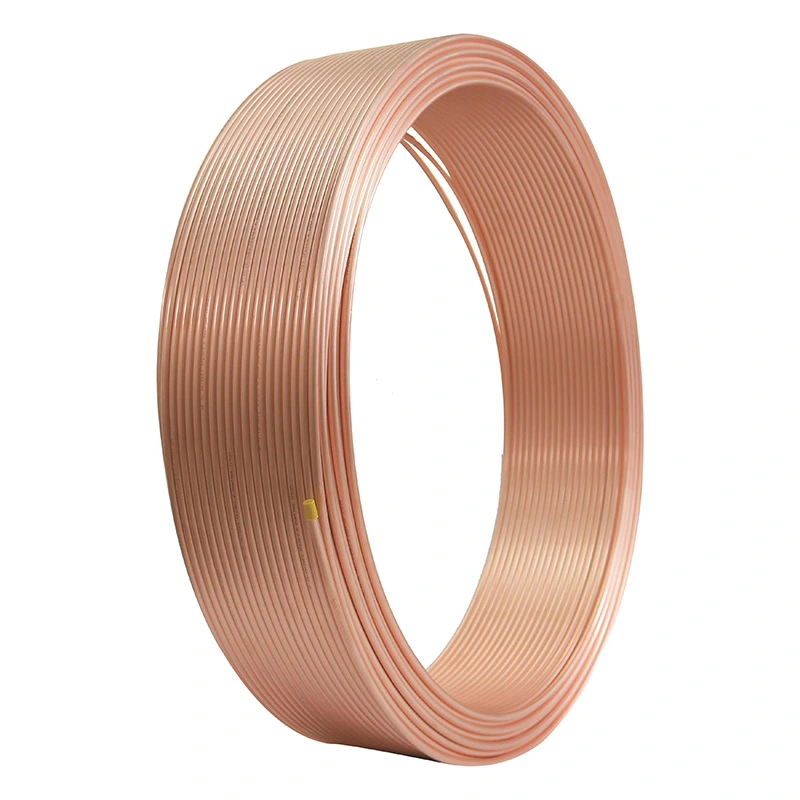
The processing technology of Medical Coiled Copper Tube is a process involving precision technology and meticulous operation. It requires the process personnel to have not only deep knowledge of materials science, but also rich practical experience. When exploring this topic, we will start from several key links: raw material selection, cutting and forming, heat treatment, surface treatment, and inspection and quality control.

Selecting the right raw materials is the basis for ensuring the quality of the final product. The corrosion resistance, strength and hardness of each type of stainless steel tube are different. Therefore, when selecting raw materials, it is necessary to determine which type of stainless steel to use according to the specific requirements of the product use and working environment.
Next is the cutting and forming stage. Stainless steel tubes are usually cut by mechanical cutting, laser cutting or water jet cutting. During the cutting process, it is necessary to ensure the accuracy of the size and the flatness of the cut. Subsequently, the tube is bent into the desired shape by cold working or hot working. This process is called coiling. During the bending process, it is necessary to control the inner radius to be not less than the specified multiple of the tube diameter to avoid deformation or cracking of the material due to excessive bending.
Heat treatment is essential to improve the performance of Medical Coiled Copper Tube. Heat treatment includes annealing, normalizing, quenching and tempering. These processes can eliminate the stress generated during the manufacturing process, improve the material structure, and improve its corrosion resistance and mechanical properties. Especially for stainless steel tubes that have been hardened by cold working, proper heat treatment is essential.
Surface treatment is a step to give Medical Coiled Copper Tube additional properties. Common surface treatment methods include polishing, sandblasting, plating, etc. These treatments can make the surface of the pipe smoother, improve its appearance quality, and also enhance its corrosion resistance. In some special applications, stainless steel pipes can also be treated with special coatings, such as plastic coating, spraying, etc., to provide additional protection.
Inspection and quality control are key links to ensure that Medical Coiled Copper Tube meets standards. During the entire production process, multiple inspections are required, including raw material inspection, process inspection and final product inspection. Common inspection methods include non-destructive testing (such as ultrasonic testing, magnetic particle testing), dimensional measurement, pressure testing, etc. Only after passing strict quality inspection can the product be deemed qualified and put on the market.
In the entire Medical Coiled Copper Tube processing process, every link is crucial, and every step of the operation requires precision and professionalism. From the selection of raw materials to the shipment of the final product, every link embodies the spirit of precision manufacturing. This strict requirement for technology not only ensures the quality of the product, but also provides a broad space for the application of stainless steel tube coils. Whether in the fields of chemical, food, medicine or marine engineering, they can perform excellent performance and meet the needs of various complex environments.